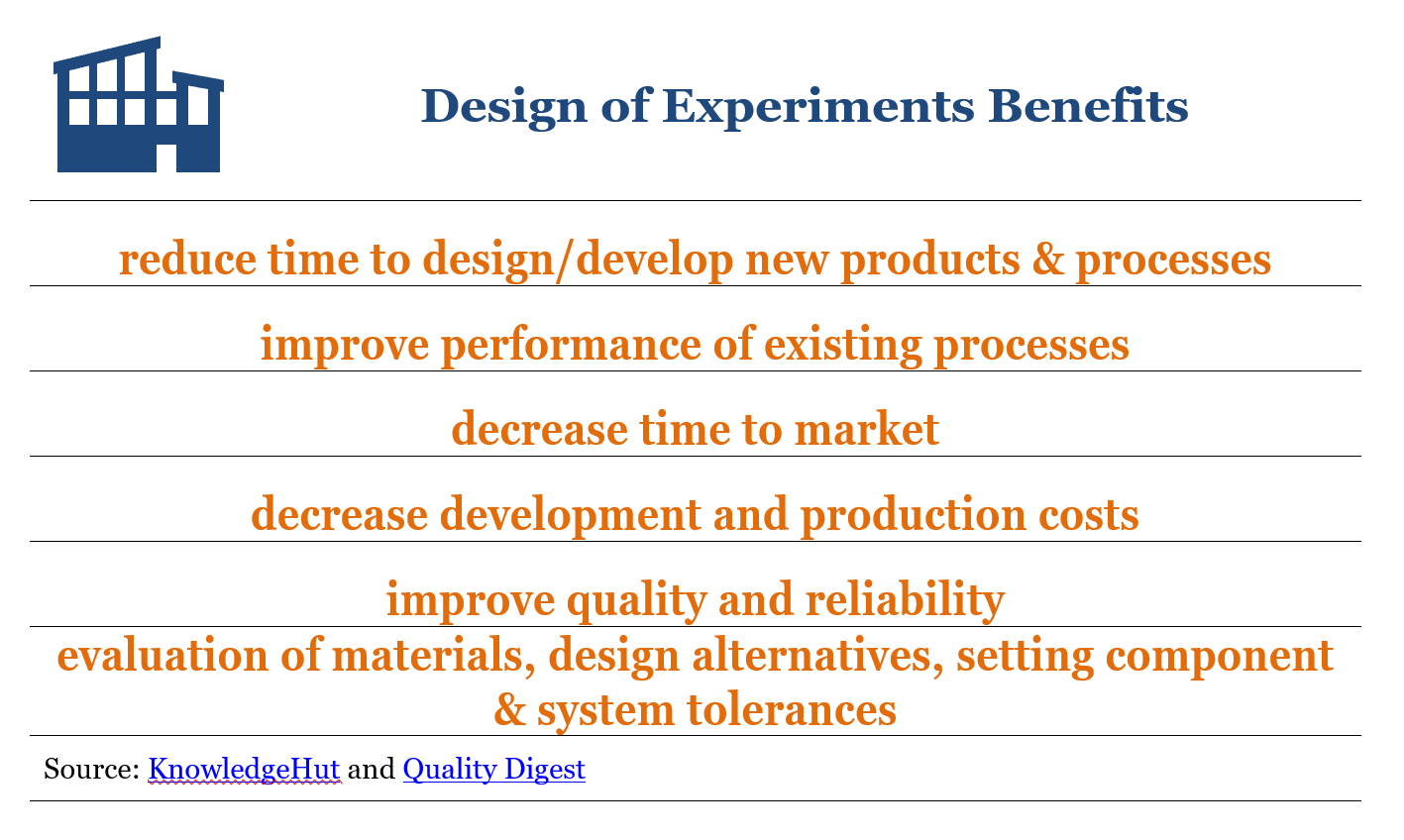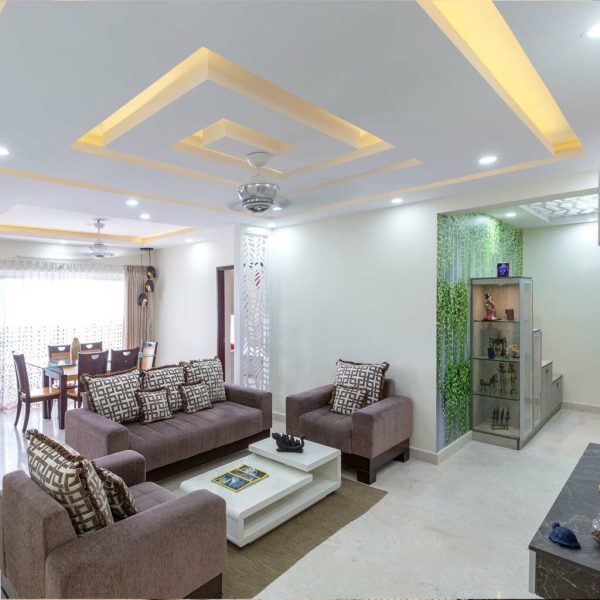Table Of Content

The experimenter may be interested in the effect of some intervention or treatment on the subjects in the design. Experimental design also allows researchers to generalize their findings to the larger population from which the sample was drawn. By randomly selecting participants and using statistical techniques to analyze the data, researchers can make inferences about the larger population with a high degree of confidence.
Design of Experiments - CHEManager
Design of Experiments.
Posted: Tue, 10 Sep 2019 07:00:00 GMT [source]
Maximize process response
Our school teachers advocated a one-factor-at-a-time (OFAT) approach to scientific experimentation. So, pick a variable (factor) and vary the value (levels), while keeping everything else constant. Say we want to determine the optimal temperature and time settings that will maximize yield through experiments. In this article, we are going to discuss these different experimental designs for research with examples. Experimental design is the design of all information-gathering exercises where variation is present, whether under the full control of the experimenter or an observational study.
Incorporate natural elements
From incorporating natural textures such as rattan, to adding greenery through houseplants, there are lots of ways to bring nature into your home. Decorating with patterns is almost always seen in Bohemian-style interiors. Whether that's through wallpaper ideas or accent pillows, patterns create an eclectic base for the rest of the scheme. While bohemian interior style is nothing new, it's fair to say it's having somewhat of a resurgence, and for good reason. When done tastefully, bohemian interiors can be an incredibly effective way of creating soul-filled spaces that feel dynamic and layered. Experimental design or Design of Experiments can be used during a New Product / Process Introduction (NPI) project or during a Kaizen or process improvement exercise.
DOE lets you investigate specific outcomes.
At the end of the study, they might realize that drug A had only been given to the male subjects and drug B was only given to the female subjects. The difference between the two drugs A and B, might just as well be due to the gender of the subjects since the two factors are totally confounded. Sometimes randomisation isn’t practical or ethical, so researchers create partially-random or even non-random designs.

Overall, the purpose of experimental design is to provide a rigorous, systematic, and scientific method for testing hypotheses and establishing cause-and-effect relationships between variables. Experimental design is a powerful tool for advancing scientific knowledge and informing evidence-based practice in various fields, including psychology, biology, medicine, engineering, and social sciences. Design of Experiments (DOE) is a systematic method used in applied statistics to evaluate the many possible alternatives in one or more design variables. It allows the manipulation of various input variables (factors) to determine what effect they could have in order to get the desired output (responses) or improve on the result. The engineering team applied a factorial design approach to investigate several factors simultaneously, including welding temperature, pressure, and duration. The objective was to identify the optimal conditions that consistently produced welds meeting strength standards while minimizing resource consumption.
Examples and Applications of Experimental Design
Each group receives a different level of the treatment (e.g. no phone use, low phone use, high phone use). Now that you have a strong conceptual understanding of the system you are studying, you should be able to write a specific, testable hypothesis that addresses your research question. Numerous quantitative factors (e.g. hours of sunlight, grams of plant food, and liters of water) or qualitative factors (e.g. the cultivar) can influence the strawberry crop (Figure 2).
This involves dividing participants into subgroups or blocks based on specific characteristics, such as age or gender, in order to reduce the risk of confounding variables. This design involves dividing participants into blocks based on a specific characteristic, such as age or gender, and then randomly assigning participants within each block to one of two or more treatment groups. In the Design of Experiments (DoE), selecting the right software tools is pivotal for ensuring precision, efficiency, and aesthetic clarity of data analysis. This section reviews notable statistical software packages that support DoE, highlighting features that enhance the research process from design to data visualization. Replication, the repetition of the experiment under the same conditions, is vital for assessing the consistency of the results. It enhances the experiment’s reliability, ensuring that the findings are not anomalies but reflect an actual effect.
Case Study: A Successful Application of Design of Experiments
The purpose of experimental design is to control and manipulate one or more independent variables to determine their effect on a dependent variable. Experimental design allows researchers to systematically investigate causal relationships between variables, and to establish cause-and-effect relationships between the independent and dependent variables. Through experimental design, researchers can test hypotheses and make inferences about the population from which the sample was drawn. This experimental design method involves manipulating multiple independent variables simultaneously to investigate their combined effects on the dependent variable.
So, for example, first we might fix the pH at 3, and change the volume of the reaction container from a low setting of 500ml to a high of 700ml. In today's global world this drive for competitiveness affects all of us both as consumers and producers. If you’re struggling with statistics while analyzing data for your projects, this is your ultimate solution for Data Analysis! If your study system doesn’t match these criteria, there are other types of research you can use to answer your research question.
To ensure your Bohemian-style room feels warm and welcoming, layering plenty of cozy textiles is recommended by designers. This can be achieved through rugs as well as smaller soft furnishings such as accent cushions and throws. When it comes to the best wall colors, you can afford to keep them very simple with a color like white, which will ensure once all of your more experimental decor and accent colors are added, the result isn't jarring. Below, we've shared five of the core bohemian design principles to follow throughout your home decor ideas, as suggested by designers.
The steps in experimental design will take you through the process of determining what is the best response that you could use in your study, workplace, or procedures. DOE applies to many different investigation objectives, but can be especially important early on in a screening investigation to help you determine what the most important factors are. Then, it may help you optimize and better understand how the most important factors that you can regulate influence the responses or critical quality attributes. Together, these principles and ethical considerations create a framework for DoE that is robust, respectful, and reflective of the highest ideals of scientific inquiry.

No comments:
Post a Comment